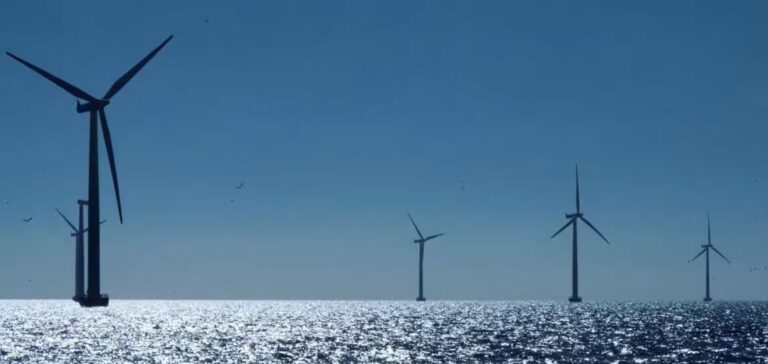Eurus Energy Holdings Corporation announced on March 1, 2025, that its subsidiary, Eurus Yokohama Wind Farm LLC, had begun the replacement of the Eurus Mameda Wind Farm, located in Yokohama, Shimokita District, Aomori Prefecture. The wind farm, which has been operational since October 2003, has been in operation for over 20 years before three of its six turbines were temporarily shut down in March 2023 for reconstruction work.
The replacement project involves removing the three existing turbines, each with a 1.75 MW capacity, and replacing them with two new turbines supplied by Siemens Gamesa Renewable Energy S.A. Each turbine will have a 4.3 MW capacity, making them some of the largest turbines in Japan. Commercial operation of the new facility is scheduled for February 2027.
The electricity generated by these new turbines will meet the energy needs of approximately 5,000 Japanese households. The project is also expected to reduce CO2 emissions by nearly 10,000 tonnes per year, contributing to regional decarbonisation efforts while supporting local revitalisation.
This project marks a significant step in the development of renewable energy in Japan, harnessing the abundant wind resources of the Shimokita region.
A Large-Scale Project
The implementation of this reconstruction comes amid a broader trend of upgrading aging energy infrastructure to meet the growing demand for renewable energy. This project is part of a general push to improve the performance of existing wind farms by increasing their production capacity through the installation of newer, more efficient technologies.
The new 4.3 MW Siemens Gamesa turbines are expected to offer significantly greater efficiency than the original 1.75 MW turbines. In addition to a higher production capacity, these turbines will benefit from advanced technologies that will optimise energy production while reducing long-term maintenance costs.
Local and Environmental Impact
The replacement of the turbines also has a direct impact on the local community, supporting the energy transition and reducing the carbon footprint of the region. The electricity generated will be equivalent to the annual consumption of approximately 5,000 households, providing a significant contribution to Japan’s energy diversification efforts.
Project leaders highlight that the repowering of aging wind farm sites helps maintain the efficiency of infrastructure while addressing environmental challenges. This project thus represents a combination of technological innovation and contributions to the local energy transition.






















